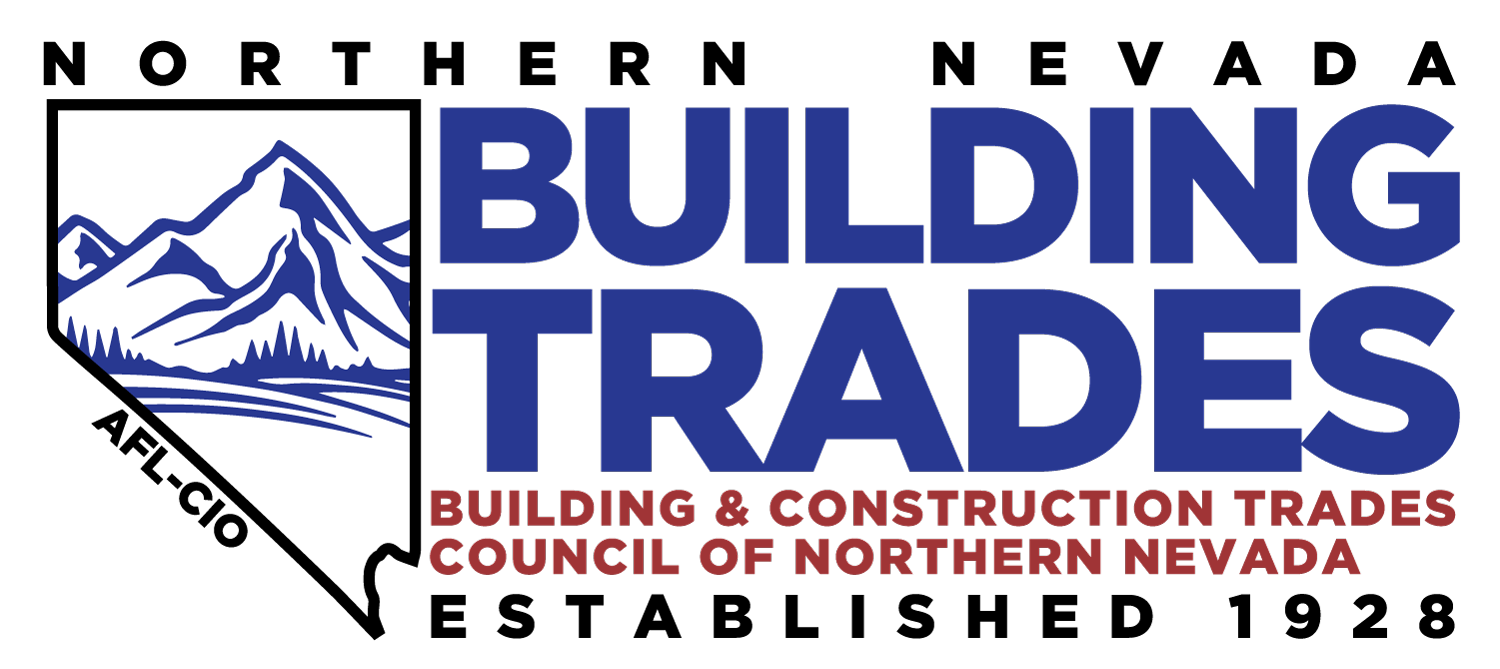Local apprenticeship programs in building and construction trades are hiring. Learn more!
Like many areas of the country right now, the Truckee Meadows is experiencing an economic resurgence, and with economic recovery comes—inevitably—a booming construction industry. Jobs in the building and construction trades in the Reno-Sparks area are increasing faster than they can be filled, and while local apprenticeship programs are training a new rush of young people for careers in the trades, it's still not enough.
"We're seeing more applicants for our apprenticeship programs, and they're trending younger," says Rob Benner, representative for the Building and Construction Trades Council of Northern Nevada. "We're happy to be attracting a new generation in the construction trades, but we need a lot more of them."
The Washoe County School District's Career and Technical Education (CTE) program plans to help fill those jobs with students trained to take on the challenges of a modernized construction industry. Today, high-level technical skills like digital mapping, 3-d modeling, mathematics, engineering, and even drone operation are in high demand. Internships and future high school construction training programs are among the recent efforts at the WCSD to get students prepared for great careers, and to help fill the near-future demands of the Reno-Sparks workforce, which show no signs of slowing down.
Read more in the Reno Gazette-Journal's May 25 article, "WCSD prepares students for careers in high demand."










